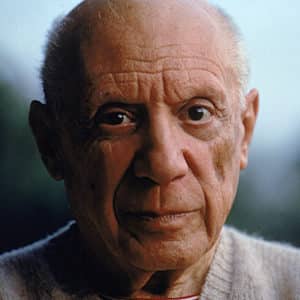As the son of a professor of art, Picasso’s talent for drawing was recognized at an early age. An advanced student at the Barcelona Academy of Fine Arts from the age of 14, he experimented in his youth with nearly all of the “avant-garde styles” current at the turn of the century.
He also became known for his sculpture, drawings, graphics, and ceramics works. In some way, he was the artist most characteristic of this century because he responded to changing conditions, moods, and challenges so intensely and so rapidly. His “searching style” made him the leader in expressing the complexity of the 1900s.
For Picasso, the meaning of art was to be derived from other works of art and not directly from nature. Henri de Toulouse-Lautrec’s work had a significant impact on his early paintings, as did the job of Paul Cezanne. Their influence, among others, can be detected in the paintings of Picasso’s “blue period” (1901-1904), which was stimulated by his exposure to life and thought in Paris, where he made his home after 1904.
In works such as The Old Guitarist (1903; Art Institute, Chicago) he created “evocative portrayals” of blind, impoverished, or despairing people in a blue palette. His use of blue as a motif was apparently derived from the symbolic importance of that color in the contemporary romantic writings of Maurice Maeterlinck and Oscar Wilde, whose work often “derived its force from depictions of madness or illness.” Although his palette and subject matter changed when he entered (1904) what is called his “rose period,” during which he painted harlequins and circus performers in a lighter and warmer color scheme, a mood of spiritual loneliness and lyrical “melancholy” that marked his “blue” paintings was retained. These paintings display “a classical calm that contrasts clearly with the nervous expressionism” of the blue period.
Picasso’s art challenges the viewers’ traditional view of life. He appeared drawn to tension and conflict. Picasso seemed to explore the fantastic world of nightmare and deep imagination which modern psychology and modern art cite as a great influence on our daily actions. He hoped to reveal unknown influences hidden in the viewers’ half unconscious life. Perhaps Picasso was influenced by the art of his native Spain, which often seems fascinated by the visionary and the monstrous.
Picasso was born in Malaga, Spain, but lived in France from 1904 until his death. He was a child prodigy, painting realistic works when he was only 14 years old. Picasso’s first personal style, called the Blue Period (1901-1904), focused on the themes of loneliness and despair and featured mainly shades of blue. The style of this period was between 1904 and 1906—a style that stressed warmer colors and moods. Abandoning the thin, discouraged faces of the Blue Period, Picasso gave his new subjects more flexibility and frequently included some circus scenes in his works.
By 1906, he began painting significant figures that were massive to withstand potential shock or fear. In 1907, Picasso painted “Les Demoselles d’ Avignon”, a landmark in art. This picture marked a decisive break with traditional notions of beauty and harmony. Five female figures with masks, rather than faces, “pose in a convulsive, jagged array-distorted, shaken, and savagely transformed.” The new image grew to be known as cubism.
In early 1912, Picasso began including newspaper clippings, bits of debris, and stenciled works in his paintings. In this way, he hoped to break down the distinction between art and non-art and to make viewers re-think their relationship to traditional art.
After World War I, Picasso extended his explorations of form, placing special emphasis on “brilliantly colored” dreamlike images. From 1918 to 1924, he painted in a classical style, using huge and stately figures. In the 1920s and 1930s, Picasso portrayed figures as though from the inside out, and the lifeless objects in these works appear to have a life of their own. “His Guernica (1937) was painted as a protest against the bombing of the town of Guernica during the Spanish Civil War (1936-1939 ). The painting was Picasso’s attempt to make a public statement using his symbols of rage and despair. The picture is an expression of crisis and disaster beyond individual control.” (Author’s thought
In 1944, Picasso joined the Communist Party because he felt the Communists had been more effective in fighting the Nazis. Even though Picasso supported the Communists, Picasso’s art is officially condemned as “decadent” and “unacceptable” in most Communist countries.
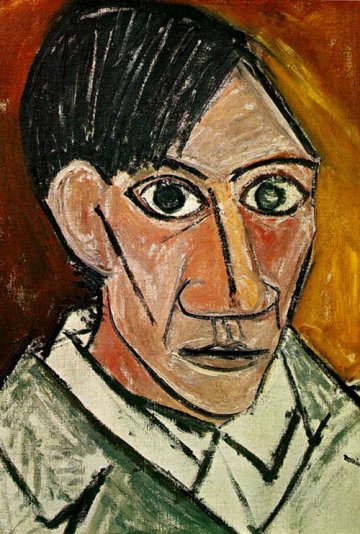
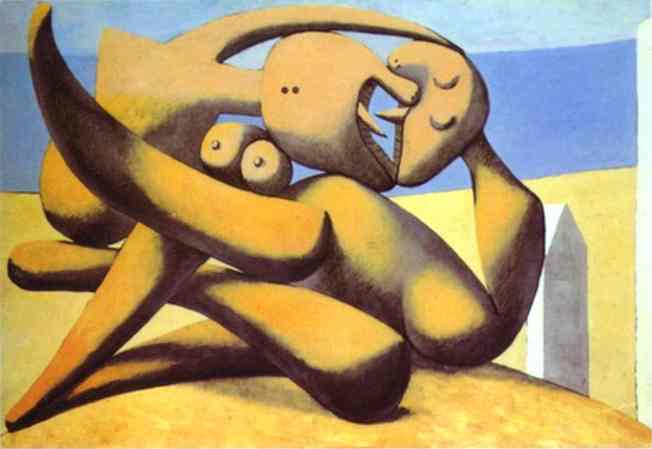
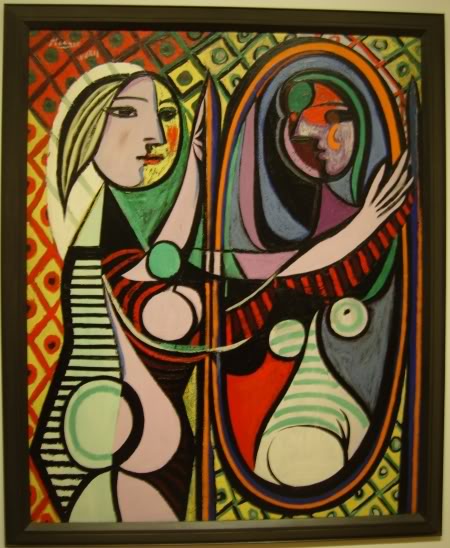

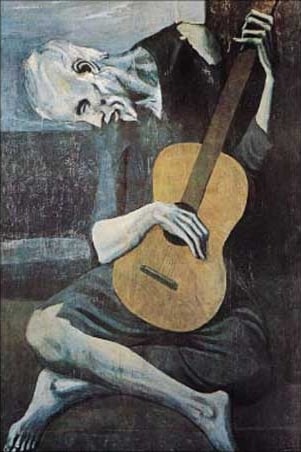
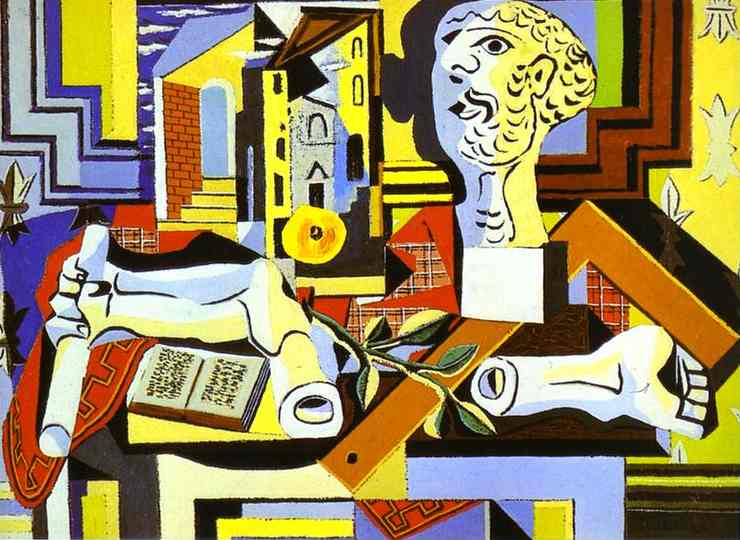
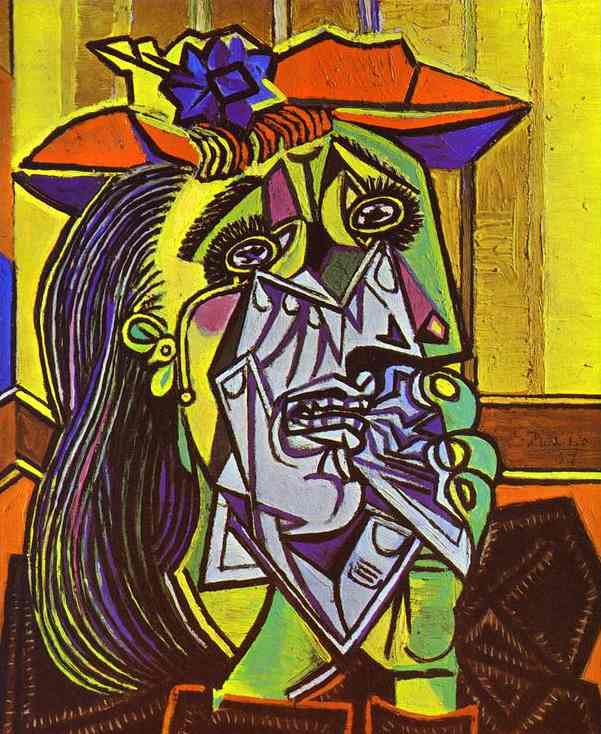
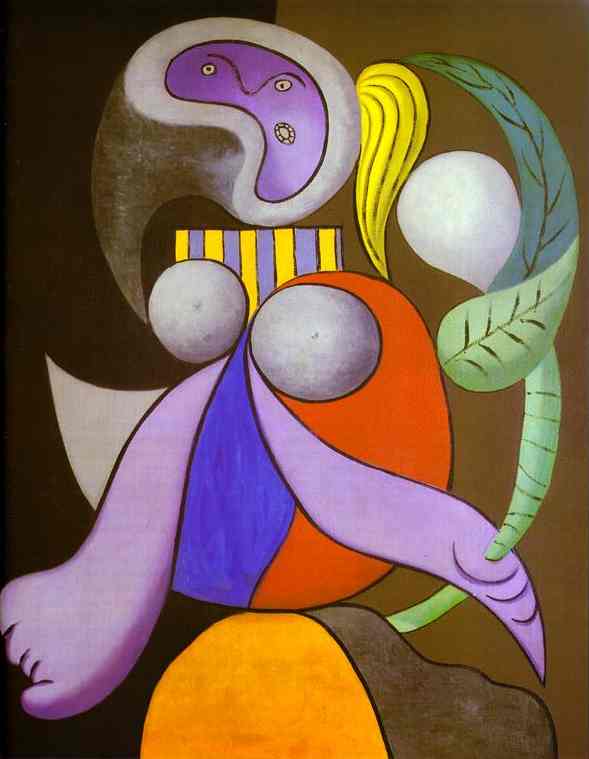
After 1945, Picasso’s painting, sculpture, and ceramics developed to a more relaxed and gentle feeling . He appeared to make peace with the emotions that had “tormented him” so often in the past. Some critics feel this new Picasso had outlived the best days of his art. Others think this represented another advance in Picasso’s visual and mental adventures in art. Surely, Picasso was a magnificent artist who created many styles of painting and his legend will continue..
Pablo Picasso died on 8 April 1973 in Mougins, France, while he and his wife Jacqueline entertained friends for dinner.

